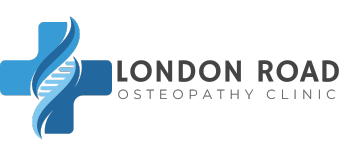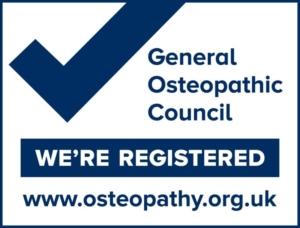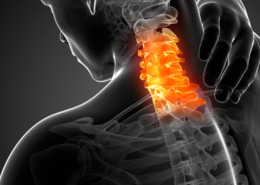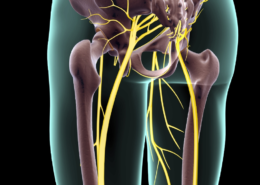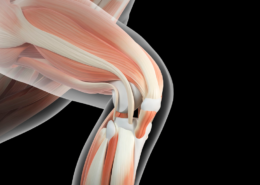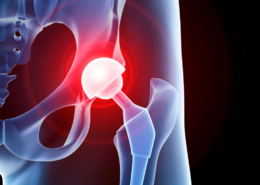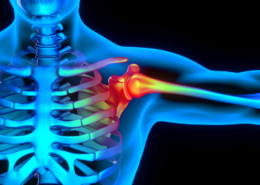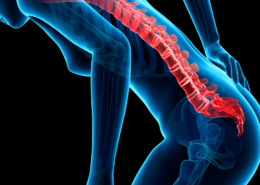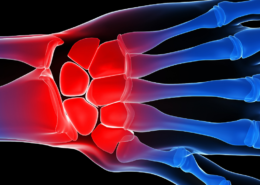What is Osteopathy?
A Brief History of Osteopathic Medicine
Osteopathy was founded in 1874 by Dr. Andrew Taylor Still in Kirksville, Missouri. Dr. Still was a physician who was dissatisfied with the ineffective and often dangerous medical practices of his time. After losing three of his children to spinal meningitis, Dr. Still sought an alternative approach focused on total body health and the musculoskeletal system.
He coined the term “osteopathy” from the Greek words for “bone” (osteon) and “suffering” (pathos). Dr. Still opened the first school of osteopathy in 1892, establishing a new field of medicine centered around hands-on diagnosis and treatment.
Osteopathy spread from the United States to Europe in the early 1900s. The British School of Osteopathy was founded in London in 1917. Today, there are over 5,000 practicing osteopaths in the UK who are regulated by the General Osteopathic Council.
How Osteopathy Views the Body
Osteopaths take a whole-body approach to health. They view the body as an integrated unit where each system affects the others. A key principle of osteopathy is that structure influences function. Osteopaths believe optimal musculoskeletal health is essential for overall well-being.
Using their hands, osteopaths diagnose illness and injury by feeling for structural problems in the body. They check mobility, alignment, and tension in the muscles, joints, and connective tissues. Osteopaths use a variety of hands-on techniques to reduce inflammation, increase mobility, and help the body’s natural healing mechanisms.
The goal of osteopathic treatment is to restore balance and facilitate the body’s innate ability to heal itself. Osteopaths do not simply treat the symptom, but look for the underlying root cause. They consider physical, psychological, and lifestyle factors that may be contributing to dysfunction.
The Role of the General Osteopathic Council in the UK
The General Osteopathic Council (GOsC) is the regulatory body that oversees the practice of osteopathy in the United Kingdom. The GOsC maintains a registry of qualified osteopaths who meet strict standards for education, training, and clinical skills.
To be listed on the GOsC registry, an osteopath must:
- Complete a degree program accredited
by the GOsC
- Accrue at least 1000 hours of clinical training
- Pass rigorous board exams
- Demonstrate continuing professional development
The title “osteopath” is protected under UK law. Only individuals registered with the GOsC can legally practice osteopathy or refer to themselves as osteopaths.
The GOsC sets standards for the profession and handles complaints against registered osteopaths. They are dedicated to protecting the public by ensuring high quality, safe, and ethical osteopathic care.
Here at The London Road Clinic, all of our osteopaths are GOsC registered. We provide patient-centered osteopathic treatment for a wide range of musculoskeletal conditions.
How We Can Help
At The London Road Osteopathy Clinic, we treat patients of all ages, from infants to the elderly. Our osteopaths have experience treating everything from concerns with babies to arthritis in seniors. Here are some key reasons to seek osteopathic care:
We aim to reduce your pain, improve mobility, prevent further injury, and enhance total body health. Osteopathy is extremely safe and suitable for nearly everyone.
Your first appointment will include a thorough case history and physical examination to arrive at a diagnosis. We will then explain our findings and work with you to develop a customised treatment plan using gentle osteopathic techniques tailored to your needs.
Contact The London Road Clinic today to see how osteopathy can help you move, feel, and live better!
